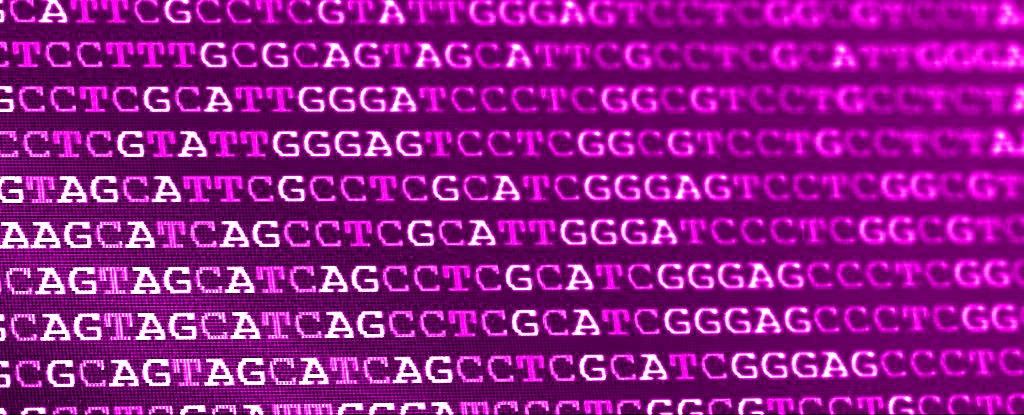Products You May Like
As efficient as electronic data storage systems can be, they’ve got nothing on nature’s own version – DNA. A new technique for writing data to DNA works like a printing press and makes it easy enough that anyone could do it.
Writing data to DNA usually involves synthesizing strands one letter at a time, like threading beads onto a string. That’s obviously a very slow process, especially when there can be billions of those letters, or bases, in a given DNA sequence.
But the new DNA printing press drastically speeds the process up. The team created a set of 700 DNA bricks, each containing 24 bases, that work like movable type pieces. These can be arranged into a desired order and then used to ‘print’ their data onto DNA template strands.
Rather than writing one bit at a time, this printing press speeds it up to 350 bits simultaneously, per reaction.
To simplify the process, data isn’t encoded into the usual GCAT letters of DNA, but the familiar ones and zeroes of binary code. In this case, chemical markers were attached to some DNA bricks but not others – those with markers represented ones, and those without were the zeroes.
The team tested the technique by storing images, including 16,833 bits for an ancient Chinese rubbing of a tiger, and a photo of a panda made up of over 252,500 bits. After some tweaking, 100 percent of the data could be recovered using standard DNA reading methods.
To show off how simple it could be to use, the team ran an experiment with 60 people. Participants used a software platform called iDNAdrive to encode pieces of text of their choice, totaling around 5,000 bits. Data was successfully read back with 98.58 percent accuracy.
The appeal of DNA data storage is clear. For one it’s incredibly dense – it’s been estimated that you could store more than 10 billion gigabytes of data in just 1 cm3 of DNA. Better yet, stored under the right conditions this data can last thousands or even millions of years, making it a great archival system.
Reading data from DNA is relatively fast, but writing is the bottleneck. The same could be said of text in ancient times, so the researchers on the new study applied a similar solution.
The invention of movable type printing enabled the first mass-produced texts. Individual characters on their own little stamps could be arranged into large blocks, to print many copies quickly. The inspiration for molecular movable type came from the way our own cells store and process data.
Every cell in your body contains your complete genome. What differentiates cells in various tissues is an extra layer of information called the epigenome. Attached chemical markers indicate which genes need to be switched on or off to let cells perform different roles.
To put it another way, if your body was a company, every employee gets the same handbook, but different departments – brain, liver, skin, etcetera – have different chapters highlighted, so the cells know the specific info they need to do their jobs.
For the new DNA printing press, these markers, or methyl groups, hold the information being written and read back. The DNA bricks are the movable type pieces, and blank DNA template strands are the paper.
When a certain sequence is needed, the corresponding bricks are selected and placed in solution with the template. Once there, the bricks bind to specific regions along the DNA template.
Finally comes the ink. An enzyme copies all the methyl groups from the bricks onto each part of the DNA template. Later, a nanopore sequencing device can then read out the pattern of ones and zeroes to recreate the stored digital files.
Because the bricks self-assemble on the template DNA strand, lots of writing happens at once, rather than bit by bit. Speeding up the process, and making it accessible to non-scientists, could help DNA become a viable data storage medium.
The paper was published in the journal Nature.
